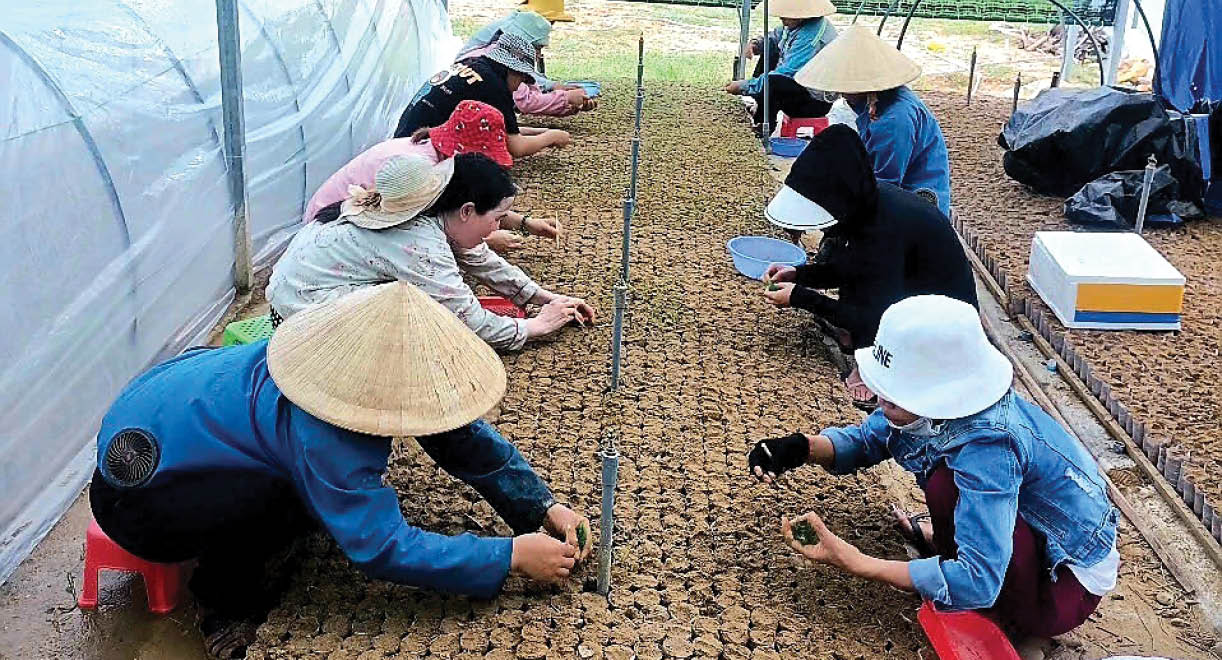 |
| The application of science and technology in the production of forestry seedlings in many localities has yielded high economic and environmental benefits. |
Green agriculture
The wards of Phong Dien, Phong Dinh, etc., are relatively diverse in their development across various sectors, with approximately 20 cooperatives operating in agriculture, forestry, handicrafts, transportation, and medicinal herbs. The diversified activities of these cooperatives demonstrate a significant advantage for the wards in fostering linkages and cooperation between cooperatives and between cooperatives and businesses. Some models have begun applying mechanization and digital transformation. These cooperatives have contributed to linking farmers, promoting the restructuring of agricultural production, and developing OCOP (One Commune One Product) products, such as essential oils, pomelo, and lotus. Some cooperative models have partnered with businesses in agricultural product consumption, gradually forming value chains, such as: linking the production and consumption of organic rice, new rice varieties, high-quality rice varieties, pomelo, pomelo, and poultry farming.
In Thuy Xuan ward, the model of organic pomelo cultivation combined with experiential tourism , yielding 1.5 to 2 times the income compared to traditional farming, is being implemented by many households and orchards. Many households in Thuy Xuan, thanks to applying organic production processes, using microbial products and smart irrigation systems, have achieved VietGAP-certified pomelo production and have been contracted for sale in supermarkets and served to tourists at resorts.
Alongside this, models of hydroponic vegetable cultivation, clean mushroom farming, and circular livestock farming, supported by the Department of Science and Technology through technology transfer, are spreading widely in many suburban areas. Ms. Nguyen Thi Thu Huong, Deputy Director of the Department of Science and Technology, said that in recent years, the relevant agencies and local authorities have focused on supporting models applying biotechnology, digital technology, and digital transformation in agriculture, both increasing productivity and reducing greenhouse gas emissions, in line with the orientation of green economic development. Currently, more than 70% of agricultural cooperatives in the area have implemented science and technology applications at different levels. Some production facilities apply electronic traceability and manage growing areas using QR codes, contributing to increasing product value and consumer confidence.
Towards a circular economy
The green economy in Hue is not limited to clean agricultural production but is expanding towards a circular economy by maximizing resource utilization, minimizing waste, and reusing agricultural by-products. Many businesses and cooperatives have implemented models for recycling straw, rice husks, and agricultural waste into organic fertilizer and biofuel, both protecting the environment and creating additional livelihoods.
In Phong Thai ward, the model of livestock farming combined with composting organic waste from by-products has helped reduce environmental waste by 30%. A representative from the An Lo Agricultural Cooperative stated that livestock waste was previously a major problem, but now it is processed and reused as fertilizer for crops. This is both economical and clean, with clearly visible results. In addition, the model of producing organic fertilizer from straw after harvest, thanks to technology transfer projects, has also helped many cooperative members process straw and agricultural waste after harvest.
Many experts believe that the application of science and technology, especially digital technology, is the key to developing a green economy, opening up new directions for Hue's agriculture. Through the digital agricultural map platform, data on growing areas and characteristic products is updated to facilitate traceability, promotion, and consumption connections. Some businesses have used e-commerce to bring OCOP products and clean agricultural products to online trading platforms, reaching consumers inside and outside the city.
Looking ahead to 2030, Hue aims to become a green, smart, and low-emission heritage city, with science and technology and innovation considered the central driving force. The city is implementing many key projects such as developing rooftop solar energy, building an innovation center, promoting green startups, and digitizing production processes.
According to the Department of Science and Technology, the city allocates tens of billions of VND annually to research and application of science and technology in agriculture, environment, renewable energy, and digital transformation. Many science and technology products from universities and research institutes in Hue have been transferred into practice, contributing to the formation of green and sustainable value chains. The city is building mechanisms to encourage businesses to innovate and develop green and circular economic models. This is not only an inevitable trend but also a path for Hue to develop harmoniously between economy, culture, and environment.
Source: https://huengaynay.vn/kinh-te/nong-nghiep-nong-thon/thuc-day-phat-trien-kinh-te-xanh-159089.html





![[Image] Vietnam's colorful journey of innovation](/_next/image?url=https%3A%2F%2Fvphoto.vietnam.vn%2Fthumb%2F1200x675%2Fvietnam%2Fresource%2FIMAGE%2F2025%2F12%2F14%2F1765703036409_image-1.jpeg&w=3840&q=75)


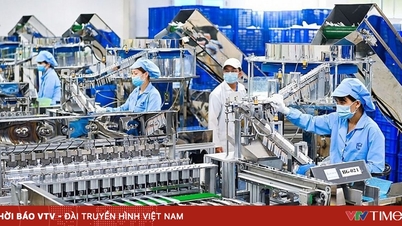

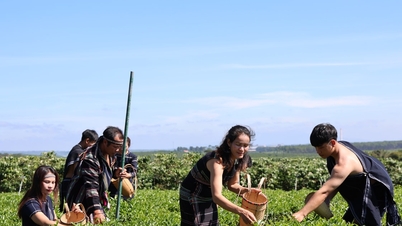



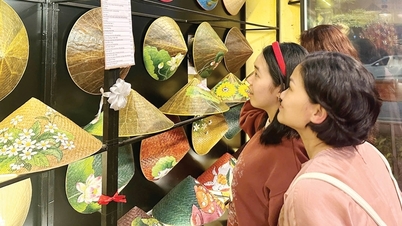
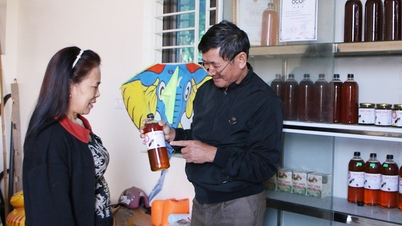

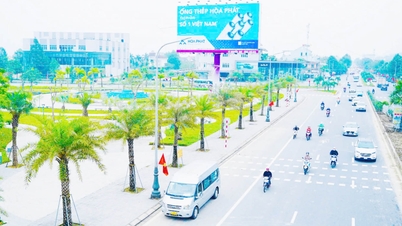


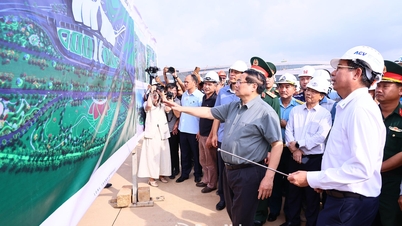
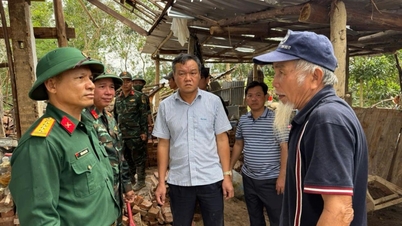

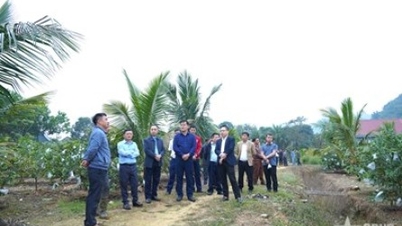

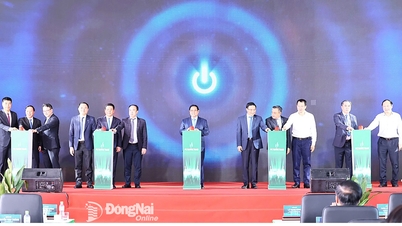
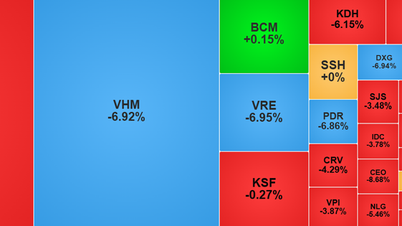

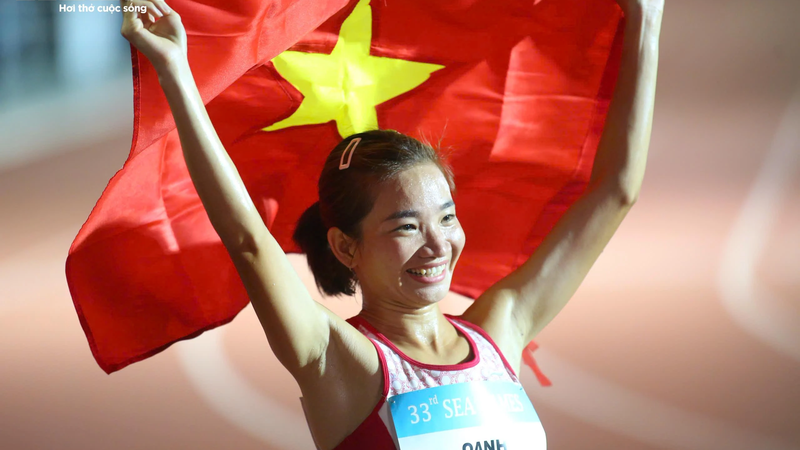



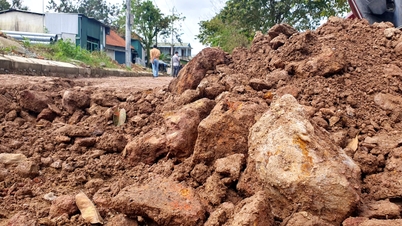
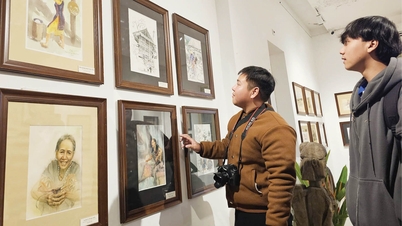
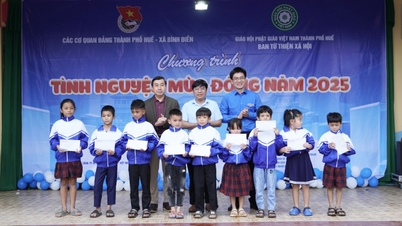
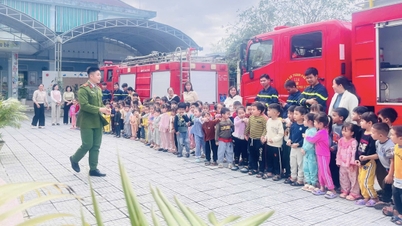
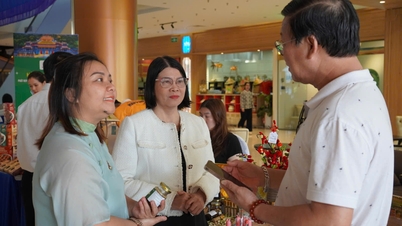
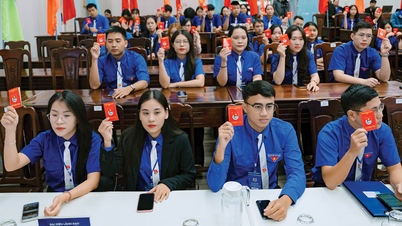

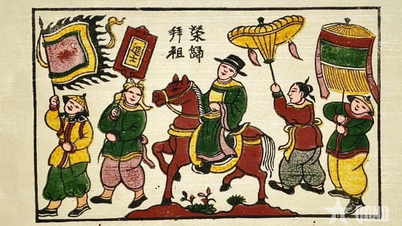

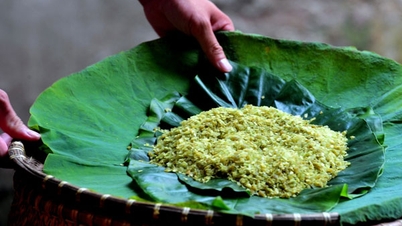

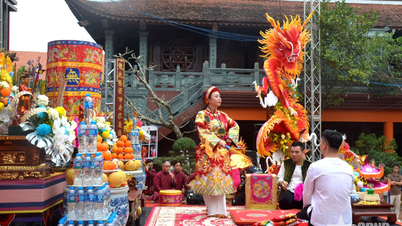









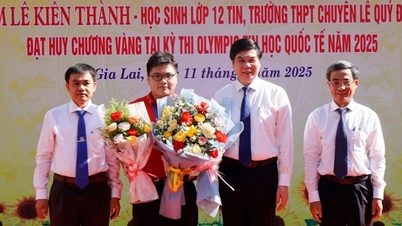


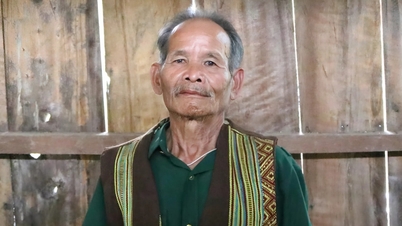

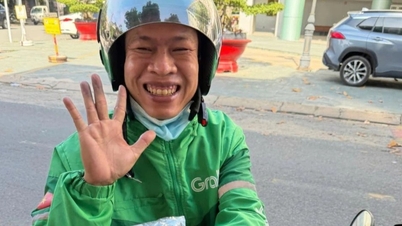
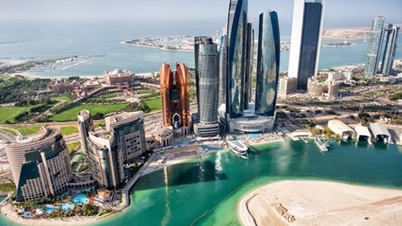

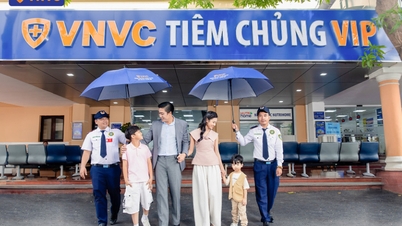




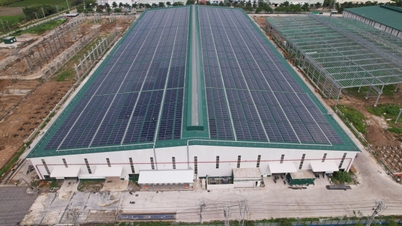





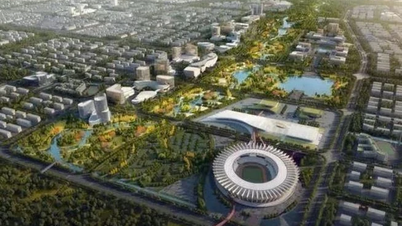

![[Image] Vietnam's colorful journey of innovation](https://vphoto.vietnam.vn/thumb/402x226/vietnam/resource/IMAGE/2025/12/14/1765703036409_image-1.jpeg)
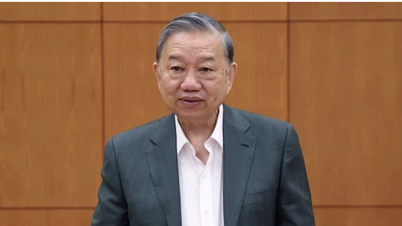

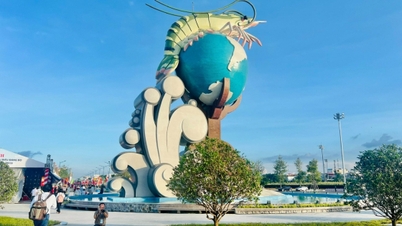
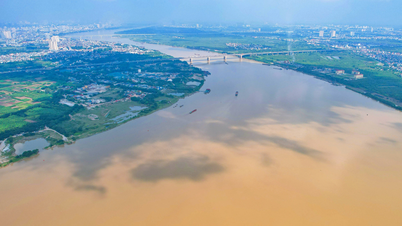



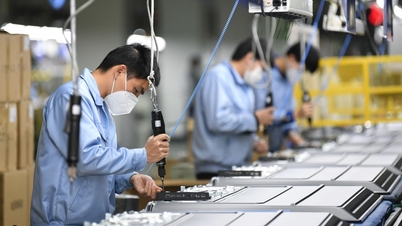



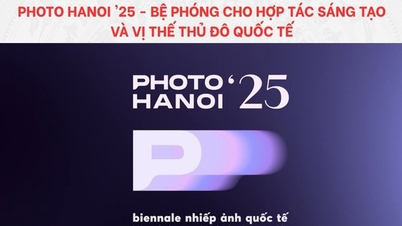
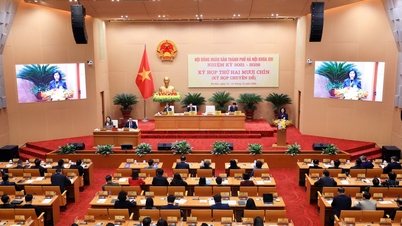

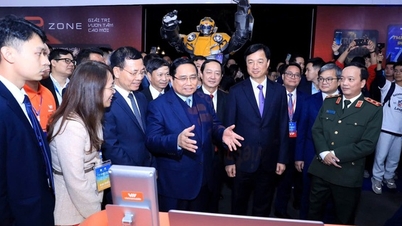

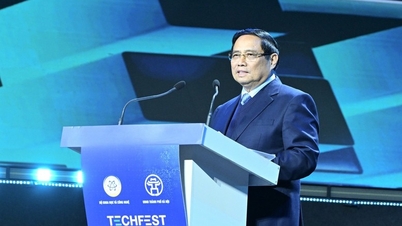
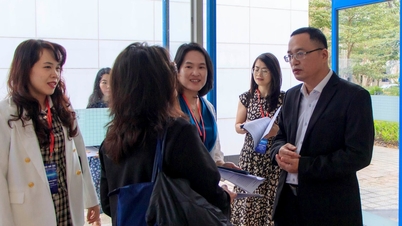

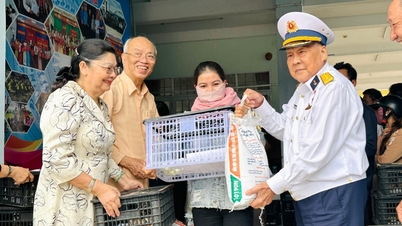
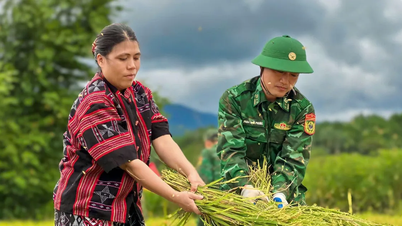
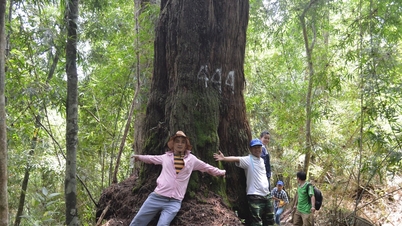











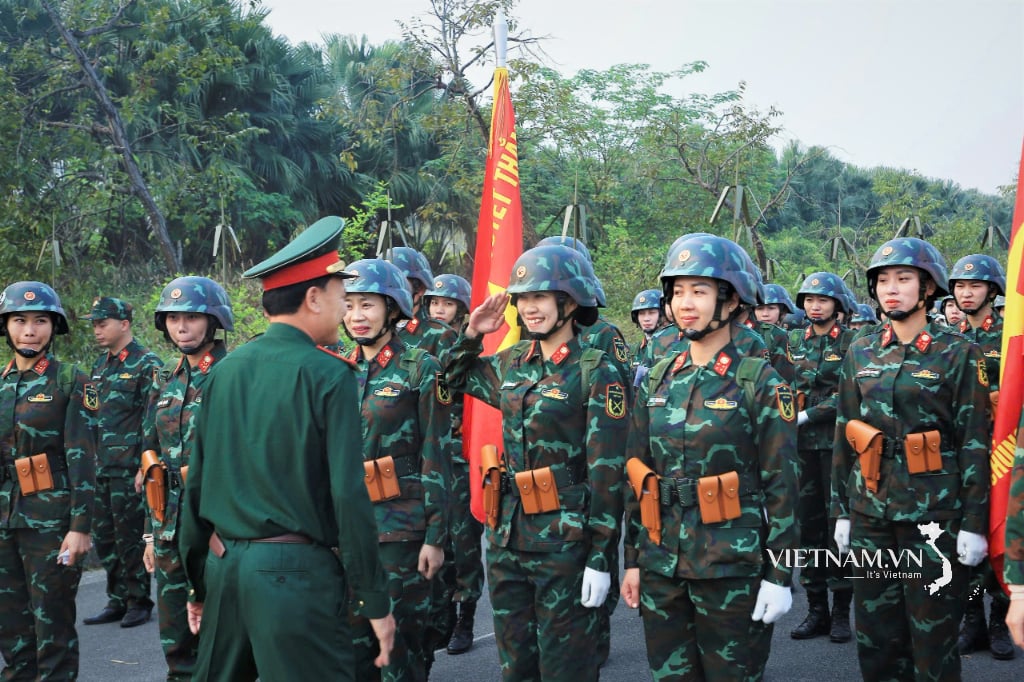

Comment (0)